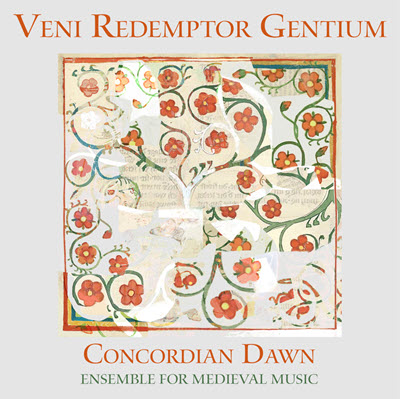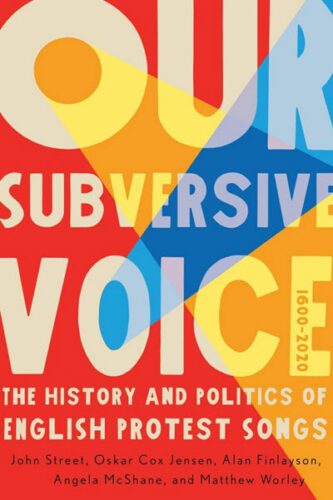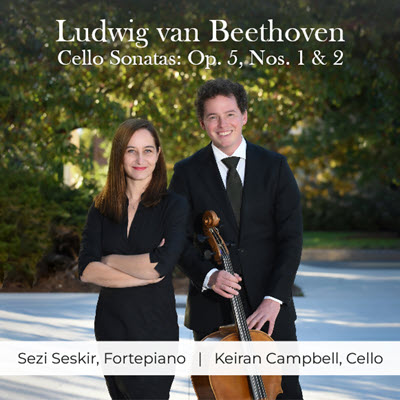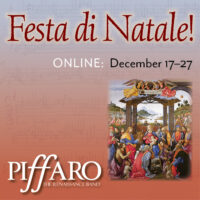by Anne E. Johnson
Published May 23, 2025
José de Nebra: Venus y Adonis. Ensemble Los Elementos, conducted by Alberto Miguélez Rouco. A two-CD set. Aparté AP373
For sheer beauty, Adonis’ aria “Ay, Venus bella” rivals any melody by Gluck
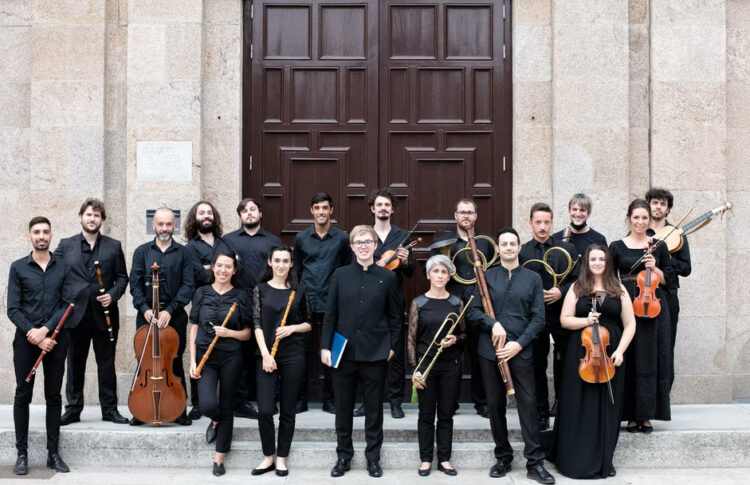
The world premiere recording of a pastoral melodrama, Venus y Adonis, makes clear that Spanish composer José de Nebra (1702-1768) should join a short list of essential opera composers from the middle decades of the 18th century.
Period-instrument ensemble Los Elementos, founded in 2018 by Alberto Miguélez Rouco, has been dedicated to Nebra from their beginning: Their previous recordings include some of his zarzuelas (lyric dramas that include spoken dialogue), plus a couple of sinfonias and a cantada on a 2021 album featuring Rouco as countertenor. He describes Nebra as “one of the greatest exponents of Spanish Baroque.”
Born in northeastern Spain, Nebra learned music from his organist and choirmaster father. He went to Madrid in 1717 to launch his career. Soon he was writing works for the theater and spent decades as composer for the Royal Chapel. We are fortunate that about 170 of his works survive.
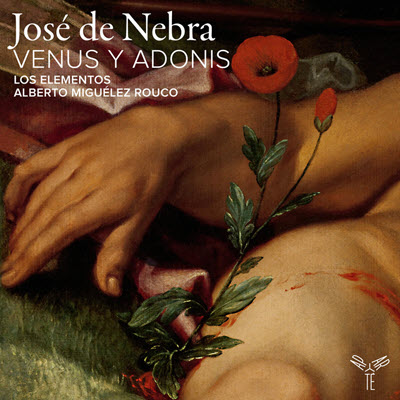
Rouco, who plans to record all of Nebra’s stage works, calls them “fundamental for understanding the musical panorama of the Spanish Baroque.” While Italian opera, inevitably, had a major influence on Nebra, his works are mixed with Spanish flavors such as the seguidilla and the fandango. Venus y Adonis is an early work, written in 1729.
The story, as told in José di Cañizares’ libretto, finds Venus, goddess of love, mad with jealousy when she hears that a mortal man named Adonis is more beautiful than her. She decrees that a wild boar will slay the offensive youth; then Venus meets Adonis and falls hopelessly in love. However, it’s too late to stop the boar, which gores Adonis to death. Venus changes him into a flower.
The cast on this recording is entirely female except for a couple of the choir members (although there is no evidence that this was the case in Nebra’s time). Soprano Paola Valentina Molinari, as Venus, is a vessel of awesome power from her opening recitative. Her voice contains a dark layer, but she applies it with precision, letting her sound lighten to that of a starry-eyed girl when she’s not feeling murderous. Adonis is sung with moving passion by Natalie Pérez, mezzo-soprano. For sheer beauty, Adonis’ aria “Ay, Venus bella” rivals any melody by Gluck.
Soprano Jone Martínez is Marte (Mars, Venus’ husband); she sings with a disconcertingly delicate touch, considering she’s the god of war. While her technique is flawless, it would be interesting to hear the role sung with more aggression. Then again, the Marte and Venus duet “Pues al estrago” is truly fiery, despite lots of sweet-sounding parallel counterpoint.
As Adonis’ friend Clarin, soprano Judit Subirana is a delight in the tongue-twisting aria “Por ver a un conejo” recalling the wild joys of the hunt. Ana Vieira Leite, as another hunting pal named Celfa, sparkles in a showstopping, fandango-influenced aria, complete with smartly played castanets and tambourine, not to mention some sinewy syncopation.
In place of an overture, Rouco chose Nebra’s five-movement Harpsichord Symphony in F major, a work that demonstrates great compositional skill. Throughout the opera, Los Elementos — its members associated with the Schola Cantorum Basiliensis in Switzerland — provides deeply satisfying, emotionally intelligent accompaniment; most of the parts are lost, so Rouco is also responsible for the imaginatively balanced orchestral arrangement.
Anne E. Johnson is EMA Book Editor and frequent contributor to Classical Voice North America. She teaches music theory, ear training, and composition geared toward Irish trad musicians at the Irish Arts Center in New York and on her website, IrishMusicTeacher.com. For EMA, she recently reviewed The Edinburgh Rollick performed by Ruckus and fiddler Keir GoGwilt.

